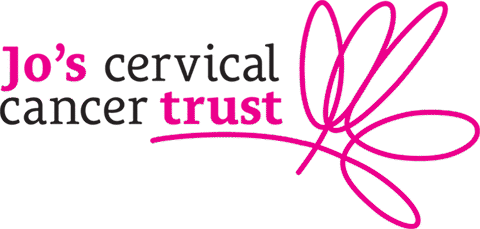HPV and genital warts
Last modified: 2 June 2025, 13:30
What are genital warts?
Genital warts are small growths or bumps on the skin. They are caused by human papillomavirus (HPV). Genital warts are common and can be treated. They may appear as:
- single warts
- little groups of several warts, which look like a small cauliflower
- the same or different colour to nearby skin.
Men, women and people with a cervix can get genital warts. They affect the skin of the:
- area around the genitals
- vagina
- vulva (the lips surrounding the vagina and the clitoris)
- cervix
- anus or ‘back passage’ — includes around the opening and inside
- penis — includes outside and inside the urethra (where wee comes out)
- scrotum (the skin covering the testicles).
Genital warts should not cause pain or serious problems. But they can be unpleasant and may upset or worry some people. They can sometimes bleed or feel itchy. They might also be uncomfortable during sex. Warts in the urethra can change the normal flow of wee (for example, it begins to flow sideways).
How do people get genital warts?
Genital warts are caused by HPV. HPV is a common virus. About 8 in 10 people get it at some point in their lives. It is passed on through skin-to-skin contact, including:
- vaginal sex
- anal sex
- oral sex
- touching in the genital area.
You can also get it through:
- sharing sex toys.
The HPV types that cause genital warts are called low-risk HPV. Low-risk means they are not thought to be linked to cancer.
I think I have genital warts. What should I do?
It is important to visit your GP or local sexual health clinic. These can be called genitourinary medicine (GUM) clinics, or sexual and reproductive health (SRH) services. They will be able to tell you if you have genital warts and treat them. For information about sexual health services near you, visit:
Treating genital warts
Genital warts are usually treated in two different ways:
Creams and liquids
A cream or liquid can be used directly on warts to help get rid of them. This is called ‘topical’ treatment. It can be given to you to put onto the warts yourself. Sometimes a doctor or nurse may need to apply it.
Topical treatments destroy the wart cells or help your immune system to recognise and attack the warts. Topical treatments are normally used for softer warts.
Removing the warts
Warts can be destroyed or removed by:
- freezing them (cryotherapy)
- surgery.
These treatments are sometimes called ‘ablative methods’. They are done by a doctor or a nurse. You may need the treatment more than once to get rid of genital warts completely.
Pregnancy and genital warts
If you are pregnant and have had genital warts before, it is important to tell your midwife. During pregnancy, warts may get bigger or there may be more of them. Any warts can be treated safely. Your doctor or midwife will discuss which options are best with you.
There is a risk of passing on genital warts during a vaginal birth, but this is rare. If the infection is passed on, the warts usually appear on the baby’s skin.
It is possible for some babies who have warts in their throat to get something called ‘recurrent respiratory papillomatosis’, which can make breathing difficult. However, this is very rare and can be treated. Your doctor or midwife can give you more information.
Most people who are pregnant and have genital warts will give birth safely by vaginal delivery. Very rarely, large genital warts may appear on the cervix or block the birth canal. If this happens, your doctor might suggest a C-section (caesarean delivery).
More information
If you have or are worried about genital warts, it is best to talk to your GP or healthcare professional. They will be able to give you the right care and support.
Other useful organisations
NHS UK
Provides information about a wide range of health conditions, including genital warts.
Read more about genital warts from NHS Health A to Z >
We would like to thank all the experts who checked the accuracy of this information, and the volunteers who shared their personal experience to help us develop it.
References
- National Institute for Health and Care Excellence (NICE). 2022. Warts – anogenital: Summary.
- Gilson R, et al. 2020. 2019 IUSTI-Europe guideline for the management of anogenital warts. J Eur Acad Dermatol Venereol. 34(8):1644–1653.
- Yanofsky VR, et al. 2012. Genital warts: a comprehensive review. J Clin Aesthet Dermatol. 5(6):25–36.
- World Health Organization. Regional Office for Europe. 2020. Questions and answers about human papillomavirus (HPV).
- Rombaldi RL, et al. 2009. Perinatal transmission of human papilomavirus DNA. Virol J. 6:83.
- Müllegger RR, et al. 2016. Skin infections in pregnancy. Clin Dermatol. 34(3):368–377.
We write our information based on literature searches and expert review. For more information about the references we used, please contact [email protected]

We’re here for you
Talk to someone about how you’re feeling, or connect with others on our online forum.
HPV vaccine >
Learn about why the HPV vaccine is given and who can have it.
